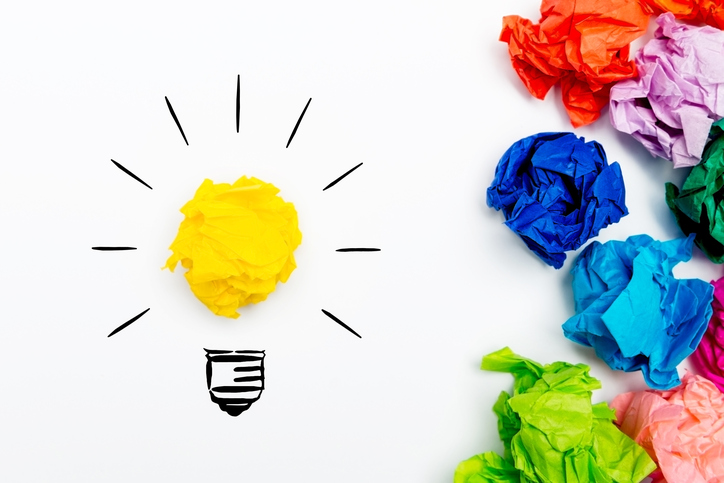Last time we spoke about the mindsets necessary to successfully complete step two of the innovation process, know context. This time we’re going to talk about the mindsets and objectives of step three of the innovation process: knowing people.
A design that is sensitive to and based on people’s needs and patterns of behavior is good design. The focus of this mode is on empathy, observation, personal engagement, and problem-solving. Knowing people is about gaining an understanding of people’s thoughts and needs by listening, observing, interacting and analyzing. Members of the team should adjust their disposition or mindset during this stage of the innovation process to one of observing, listening and immersing themselves in the daily lives of people in an effort to understand the problems they face. During the know people step, the most useful mindsets include:
Observe everything – Observe everything in the context of the environment, not just the people or the product they are using. Notice places, other people and any variations between what people say and what they do. Even more importantly, look at who and what is not there. Who and where are the non-users or non-participants and why are they missing? The team needs to notice not only what is there but what is not there.
Building empathy — Go beyond knowing about people’s experiences and actually share them. Spend a day with an anticipated product user and share and identify with their daily experiences, frustrations and challenges. If a deep, direct connection with end user needs is achieved, the team will be in a far better position to develop new ideas.
Immersing in daily life – The team can learn how users make decisions on where and what to buy, how they coordinate activities and overcome challenges. They can learn about behaviors, practices and motivations that form the context in which people use the tools, messages, and services that the team intends to create. Immersion in this context will produce valuable insights about people and their needs, even needs that are currently unmet.
Listen openly – The team should not just prepare a script for interaction with participants, they should let the end users guide the discussion toward what is most important to them. The innovation team is the student, not the teacher. The team should think of open-ended questions, suggest general solution alternatives and be prepared to hear things that will help reframe the approach to the problem in a way that competitors can’t because they were not listening.
Look for problems and needs – Ask questions to reveal opportunities for new products or services. What is not working well in the current situation and why? How are people facing challenges in their lives? How are they working around the problems? Are they just giving up since there’s nothing that can support their needs? The team should extend their thinking to not only look for problems but also to sense or predict unarticulated needs.
Staying in the correct mindset during this phase of the innovation process can keep your innovation project on the right path and prepare the team for the next step – framing insights.
Scott Severns is part of the GovLoop Featured Blogger program, where we feature blog posts by government voices from all across the country (and world!). To see more Featured Blogger posts, click here.





Leave a Reply
You must be logged in to post a comment.